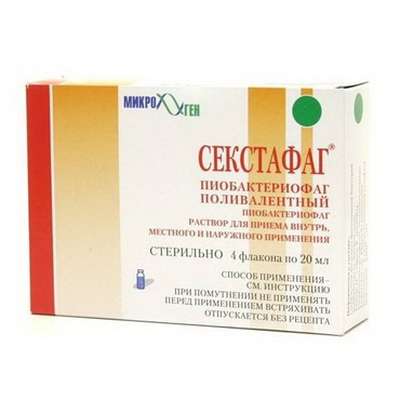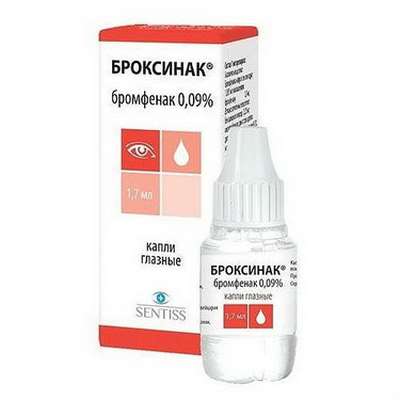Dopamine Receptors
30 Jan 2018
The class of transmembrane metabolotrophic G-protein-linked cellular receptors, which play an important role in the functioning of the central nervous system of vertebrates. The main endogenous ligand agonist of these receptors is dopamine. Dopamine receptors are involved in the processes of motivation, training, fine motor coordination, modulation of neuroendocrine signals. This class includes five types of receptors: D1, D2, D3, D4 and D5.
The change in dopaminergic function is noted in a number of neurological and psychiatric disorders, and the receptors themselves are targets for a variety of medications. The vast majority of antipsychotics are dopamine receptor antagonists, and psychostimulants often indirectly activate them.
Five human genes encoding dopamine receptors are known. According to the structural, biochemical and pharmacological characteristics, the corresponding receptors are subdivided into D1-like (D1, D5) and D2-like (D2, D3, D4). For the first time, these two classes of receptors were isolated in 1979 on the basis that only D1-like receptors activate adenylate cyclase. Receptors of group D2, on the contrary, inhibit it. It is assumed that there are D6 and D7 receptors, but their existence has not yet been proven.
The alternative classification proposed in 1983 divides the receptors according to their effects: activation of DA1 receptors causes muscle relaxation and vasodilation; for these receptors (R) -sulfyride is a strong antagonist, apomorphine is a weak agonist, and domperidone does not act on them. Activation of DA2 receptors inhibits the action of noradrenaline, apomorphine is their strong agonist, and the strong antagonists are (S) -sulpiride and domperidone. Dopamine receptors of the central nervous system seem to belong to this class.
D1-like receptors
As mentioned above, D1-like receptors include the D1 and D5 receptors. A characteristic feature of the receptors of this class is that they activate G-proteins of the Gαs / olf family, which in turn activate the adenylate cyclase. D1-like receptors are found only on postsynaptic membranes of dopamine sensitive cells. The receptor genes of this class do not contain introns, so D1 and D5 receptors exist in a single splice variant.
D2-like receptors
D2-like receptors include the D2, D3, and D4 receptors. These receptors bind to G-proteins of the Gαi / o family and therefore inhibit adenylate cyclase. Unlike D1-like, D2 and D3 receptors are present not only on postsynaptic membranes of dopamine sensitive cells, but also on presynaptic membranes of dopaminergic neurons. The genes of D2-like receptors contain introns: 7 introns in the D2 receptor gene, D3 - 5 in the gene, and 3 (human genes) in the D4 gene. It is known that the D2 and D3 receptors exist in several forms, which is the result of an alternative splicing of their pre-mRNA. Structurally, D2-like receptors differ in that their C-terminal domains are 7 times shorter than in D1-like receptors.
Dopamine receptors are present in both the central nervous system and in peripheral organs. The relative proportion of dopaminergic neurons in the brain is low (less than 1 / 100,000 of all neurons). These neurons form several basic dopaminergic pathways: nigrostrioral, mesolimbic, mesocortical and tuberin-fibundibular.
The dopamine receptor D1 is the most widely distributed dopamine receptor in the brain, it is synthesized in greater numbers than other receptors. It is found in a high concentration in the nigrostriral, mesolimbic and mesocortical ways, namely in the frontal lobes, striatum, black substance, contiguous nucleus, olfactory tubercle and amygdala. Also in a lesser concentration, it is present in the hippocampus, cerebellum, thalamic and hypothalamic regions.
The high-concentration D2 receptor is present in the striatum, the olfactory tubercle, the contiguous nucleus, the black substance, the hypothalamus, the ventral region of the tire and the amygdala, that is, approximately in the same regions of the brain where the D1 receptor is also found. However, additional studies have helped to establish that only 5-15% of the projection neurons of the dorsal part of the striatum express both receptors simultaneously. The remaining neurons can be divided into two groups, depending on which of the receptors they contain.
The D3 receptor has a narrower distribution profile than the receptors described above. In the highest concentration, it is present in the nucleus accumbens, the olfactory tubercle and the islets of Kaleha. At substantially lower concentrations, the D3 receptor is found in a compact portion of the black substance, the ventral region of the tire, and the cerebellum.
The expression level of the D4 receptor in the brain is significantly lower than that of the D2 receptor. It is proved that the D4 receptor is present in the cortex of the large hemispheres, the hippocampus, the striped and amygdala-shaped bodies.
The D5 receptor is synthesized in small numbers in different parts of the brain: in pyramidal neurons of the prefrontal cortex, cingulate cortex, entorhinal cortex, black substance, dentate gyrus, hippocampus and hypothalamus.
All five types of dopamine receptors are found outside the brain. So the receptors D1, D2 and D4 were found in the retina, and the receptor D2 - in the pituitary. Dopamine receptors are synthesized in different proportions in the cells of the kidneys, adrenal glands, sympathetic ganglia, blood vessels, heart and digestive tract.

 Cart
Cart





